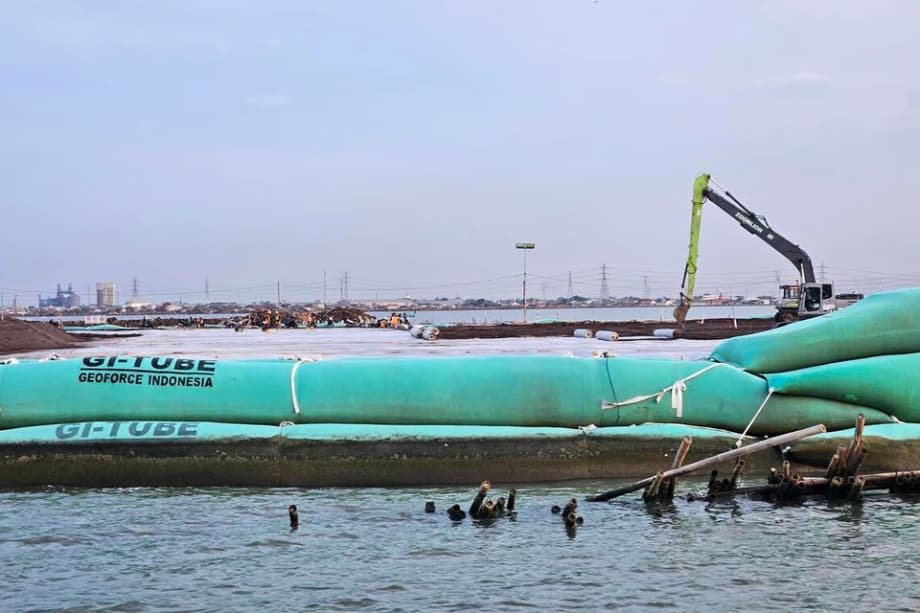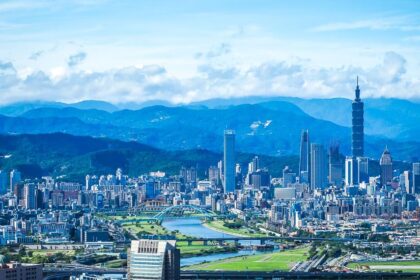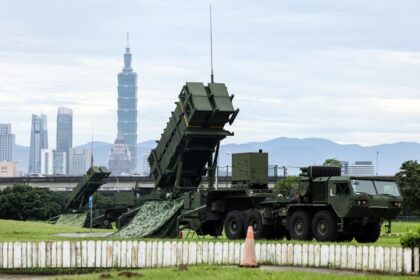A new wall rising along Java’s coast
On many mornings in Bedono village on the north coast of Central Java, Ms Pangestuti cooks while standing knee deep in seawater. Tidal floods have pushed into her home for years. Relief may be coming, she hopes, from a 6.7 kilometer structure now taking shape between Semarang and Demak. The Semarang Demak seawall doubles as a toll road and is about halfway built, with completion targeted for 2026.
The first stretches of this coastal defense have already triggered mixed reactions. Small boat fishers say their catches have plummeted since construction began. Families in homes that are regularly inundated say a barrier is overdue. Their city, Semarang, is one of several on Java’s north coast that has sunk after decades of heavy pumping of groundwater. When land sinks and seas rise, floods creep farther inland and linger longer.
Indonesia is now preparing a larger step. The government plans a giant sea wall along much of Java’s northern shoreline, from Banten in the west to Gresik in East Java. Depending on the final design, the wall and related defenses could extend roughly 500 to 700 kilometers, with some proposals stretching closer to 900 kilometers. The price tag is expected to reach tens of billions of dollars, with estimates ranging up to 80 billion. Work would unfold over 15 to 20 years. A new North Java Coast Seawall Authority was established to oversee planning, finance and construction, and to coordinate regional plans that had been discussed in some form since the mid 1990s. Officials say they will avoid a one size fits all design. Urban stretches like Jakarta and Semarang would get engineered barriers, pumps and polder systems. Rural areas could see dikes, managed retreat and mangrove restoration.
Behind the bold plan sits a simple truth. Java’s north coast is a crowded economic corridor. Close to 50 million people live near the shoreline, along with dozens of industrial estates, ports and logistic hubs. That density magnifies the stakes of both action and inaction. The question is not whether to protect people, but how to do so in ways that keep communities, ecosystems and economies viable.
Why Java is sinking and flooding
Scientists often describe what is happening on the north coast of Java as a double exposure. On one layer sits global sea level rise. Indonesia’s Meteorology, Climatology and Geophysical Agency (BMKG) has reported an average rise of around 4.3 millimeters a year since the early 1990s, with the pace increasing in recent years. On the second layer sits land subsidence, a process that can dwarf the rise of the sea. In cities like Jakarta, Pekalongan, Semarang and Demak, studies have found that land is sinking several centimeters a year in some districts, at least nine times faster than current global sea level rise. In places, the shoreline’s relative water level has climbed by up to two meters.
Subsidence has several drivers. The biggest is relentless pumping of groundwater by industry, commercial complexes and households that lack reliable piped water. When aquifers are drained faster than they are replenished, the layers of clay and sand compress and the surface sinks. The problem worsens under heavy buildings and roads. Many north coast neighborhoods also sit on soft alluvial soils that compact under load. Add tidal surges, heavy river runoff during wet seasons, and storm waves, and the recipe for chronic inundation is set.
Flood defenses already exist in parts of the coast, including embankments, pumps and polders that hold water back and then push it to the sea at low tide. Those systems work only if drainage channels stay open, pumps are maintained, and rivers can discharge. When river mouths silt up or when structures block flows, inland floods can become more frequent and more damaging. That is why the design of any new barrier must consider how rivers, wetlands and the ocean move water and sediment along the full length of the coast.
Inside the plan, from Jakarta Bay to Demak
The proposed giant sea wall draws on earlier efforts around Jakarta Bay that began a decade ago, and on more recent projects like the Semarang Demak barrier. The Jakarta segment alone could take eight to ten years and cost an estimated 8 to 10 billion dollars. Farther east and west, the government says defenses will be tailored to local conditions. In well populated or high value areas, the plan envisions engineered sea walls, surge barriers, gates, pump stations and upgraded drainage. In less populated stretches, officials say they may move homes and farms inland and restore mangroves, which can reduce wave energy and trap sediment to build land naturally. In some zones, broad hilly dikes will sit landward of the shore to keep critical districts dry.
To manage scope and complexity, President Prabowo Subianto formed a new authority in charge of the north coast program. Retired Vice Admiral Didit Herdiawan Ashaf was appointed to lead the agency, with a mandate to coordinate plans, budgets and construction across provinces and ministries, and to adjust designs as conditions change. The authority intends to consolidate previous studies, including the long discussed NCICD plan for Jakarta, and produce a masterplan that sequences projects and weighs trade offs at each location.
Financing will rely on multiple streams. The government has encouraged public private partnerships and has invited interest from partners in Asia and Europe. Indonesia’s state investment agency has been tasked to explore structures that bundle revenue generating assets, land value capture and partnerships that can support the cost of defenses, operations and maintenance. The national plan frames the sea wall as a signature climate adaptation project that also protects vital transport and industrial corridors.
Supporters cite safety and survival
Senior officials frame the project as a moral and practical duty to protect people along the coast. They argue that the question is not whether hard infrastructure has impacts, but whether the alternative of doing little or nothing would leave millions at daily risk. They also point to food security, since rice fields, aquaculture ponds and fishing communities line large stretches of Java’s north coast.
Agus Harimurti Yudhoyono, the coordinating minister responsible for infrastructure and regional development, has said the plan belongs to a larger national effort to adapt to climate change and to keep coastal communities safe. After describing the sea wall’s goal, he offered a rationale that goes beyond concrete.












